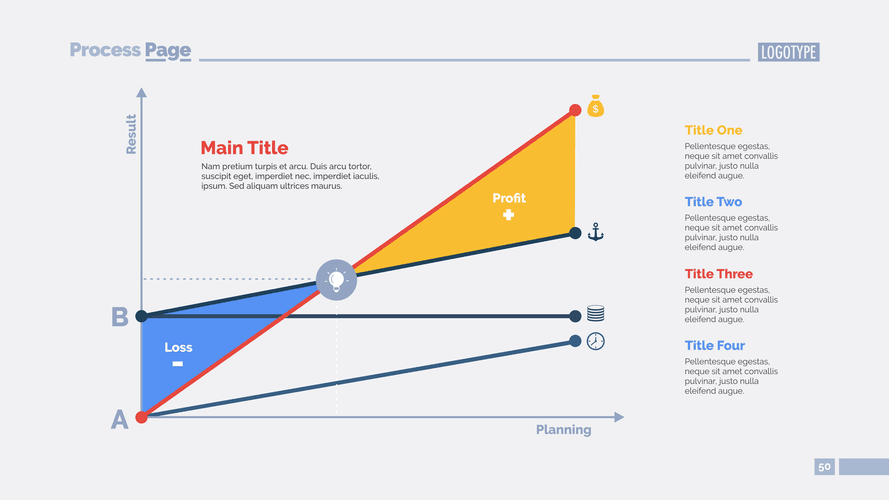
Each share represents a small piece of that pie, and the total number of pieces is the outstanding shares. These are the shares that have been issued to investors but not yet redeemed or repurchased Travel Agency Accounting by the company. A stock split increases shares but decreases par value per share, leaving the total par value unchanged. Treasury stock is a contra-equity account, reducing total equity, but the balance sheet does not specify the number of shares held as treasury. The number of shares outstanding for a company is equal to the number of shares issued minus the number of shares held in the company’s treasury. If a company buys back its own stock, those repurchased shares are called treasury stock.

The Basics of Outstanding Shares and the Float
However, they are critical for calculating market capitalization and EPS, which provide insights into a company’s value and financial performance. While outstanding shares determine a stock’s liquidity, the share float—shares available for public trading – plays a crucial role. A company with 100 million outstanding shares, but with 95 million held by insiders and institutions, will have a constrained float of only five million shares, impacting its liquidity. Lockups aside, long-standing investors such as founders or venture capital backers may have their own restrictions on selling, or may have signaled that they have no intent to do so. One key goal of the diluted share figure is to appropriately calculate earnings per share accounting for all of the potential shares out there, whether currently existing or underlying other instruments.

What Are Shares Outstanding?

By contrast, many older stalwart companies are likely to have a number of shares outstanding that matches its number of shares fully diluted. This “issued” stock how to find outstanding shares of a company can be less than the total authorized, but it can never be more. Basic outstanding shares and diluted outstanding shares are two methods for calculating a company’s total number of outstanding shares. Redeemable shares are ideal for individuals seeking a lower-risk, fixed-income investment.
How to Read a Balance Sheet
And so, for a loss-making company, potentially dilutive shares can be excluded if they are “anti-dilutive”. In other words, as in this example, those shares would not be counted if they improve results, which happens most frequently (though not invariably) when the company is not profitable. Obviously, those option holders in theory could exercise their options to create new shares.
Companies may do this to increase their share price, such as if they need to satisfy exchange listing requirements or want to deter short sellers. For example, if a company has 600 preferred shares and 400 common shares, and keeps 200 shares in its treasury, the total number of outstanding shares would be 800. It’s used to calculate important financial metrics like market capitalization, earnings per share, and free cash flow per share. John, as an investor, would like to calculate the company’s market capitalization and its earnings per share.
- This type of stock is often given to insiders as part of their salaries or as additional benefits.
- While treasury shares can be reissued or retired depending on the company’s strategic needs, they can also signal management’s belief in the company’s future performance.
- The number of shares outstanding increases when a company issues additional shares or when employees exercise stock options.
- Restricted shares are the shares owned by the company’s management or employees.
- Outstanding shares refer to the entire number of issued and owned shares of a company’s stock by investors, including institutional investors, insiders, and retail investors.
- Outstanding shares and float stock are both key indicators used to evaluate a company’s stock, but they represent distinct aspects of the company’s ownership structure.
- Aspiring investors often want to understand how much of a company they would be owning if they purchase the stock.
- Learn how to locate and interpret shares outstanding on a 10-K form by reviewing key sections like the cover page, financial statements, and disclosures.
- Outstanding shares work in the same manner that when a company decides to issue stock, it produces new shares that investors can buy and sell.
- Once you’ve located the number of treasury stocks, write it down for your calculations.
A lower float can lead to greater price volatility and liquidity constraints. Weighted average shares outstanding is a key concept in financial analysis. Instead of using a single point-in-time figure, companies calculate this metric by averaging share counts over the fiscal year, adjusting for stock issuances and repurchases on a time-weighted basis.

Outstanding stocks are the shares that are actually already out on the market. Outstanding shares equation differ from issued (Authorized) as authorized shares are the number of shares a corporation is legally allowed to issue. Let us understand where investors and analysts can find the data regarding the total outstanding shares of a company through the points below. Investors often track changes in outstanding shares as part of their broader analysis when making investment decisions.

You can do that by navigating to the company’s investor-relations webpage, finding its financial reporting, and opening up its most recent 10-Q or 10-K filing. Let’s say that Helpful Fool Company has repurchased 500 shares in this year’s buyback program. The company now has 5,000 authorized shares, 2,000 issued, 500 in treasury stock, and 1,500 outstanding. The outstanding stock is equal to the issued stock minus the treasury stock.
- It will, therefore, miss shares that have been issued but are not outstanding, such as treasury stock.
- It could prevent you from making a big mistake or help you strengthen your portfolio.
- Company XYZ may decide to maintain a controlling interest within the treasury to ward off any hostile takeover bids.
- As we’ve already seen, the number of a company’s outstanding shares can vary over time, sometimes fluctuating a great deal.
- Deferred shares (founder shares) are usually given to important people within the issuing company.
Regulatory filings for publicly traded companies enhance transparency and provide additional information about shares outstanding. Documents like the 10-K annual report, the 10-Q quarterly report, and the proxy statement (Form DEF 14A) are particularly useful for understanding a company’s equity structure. The number of shares outstanding increases whenever a company undertakes a stock split.
Open Your FreeDemat Account Today!
These shares are a key factor in determining a https://universiteeuropeenne.tn/2024/05/15/contribution-margin-income-statement-explanation-3/ company’s market capitalization, as they represent the shares available for public trading. Unlike authorized shares, which represent the maximum number of shares a company can issue, outstanding shares reflect the actual shares that are in circulation. Companies can issue new shares or buy back outstanding shares, affecting the number of shares available in the market at any given time. Consider talking to a financial advisor if you need help with your portfolio. Fully diluted outstanding shares is the total number of shares that would be outstanding if all potential shares were exercised or converted into common shares.